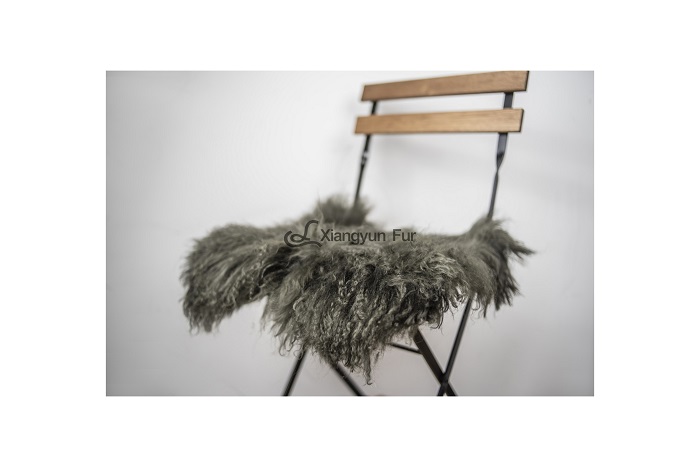Exploring the World of Sheep's Fur: What is it Called?
In the realm of textiles and fashion, sheep fur holds a special place for its warmth, softness, and versatility. But what exactly is sheep's fur called, and why is it so highly valued? Let's dive into the fascinating world of sheep's fur to find out.

Sheep fur, when used in the context of textiles and fashion, is commonly referred to as wool. Wool is the natural fiber derived from the fleece of sheep and is prized for its exceptional properties. From cozy sweaters to luxurious blankets, wool has been a staple in clothing and textile production for centuries.
The Characteristics of Wool:
1. Insulation: Wool is renowned for its excellent insulation properties, making it ideal for cold weather clothing. The crimped structure of wool fibers creates tiny air pockets that trap heat, keeping the wearer warm even in chilly conditions.
2. Softness: Despite its insulating properties, wool is remarkably soft and comfortable against the skin. The natural elasticity of wool fibers allows for flexibility and ease of movement, ensuring comfort throughout the day.
3. Moisture-wicking: Wool has the unique ability to absorb moisture vapor from the air while repelling liquid water, making it highly breathable and moisture-wicking. This property helps regulate body temperature and keeps the wearer dry and comfortable in various weather conditions.
4. Durable: Wool is incredibly durable and long-lasting, thanks to its inherent resilience and elasticity. Garments and textiles made from wool are known to retain their shape and appearance even after repeated wear and washing.
5. Natural: Wool is a renewable and biodegradable resource, making it an eco-friendly choice for sustainable fashion and textile production. Sheep grow a new fleece each year, and wool can be recycled and reused to minimize environmental impact.
The Uses of Wool:
Wool finds its way into a wide range of products, from apparel and accessories to home furnishings and insulation materials. Some common uses of wool include:
1). Apparel: Wool is commonly used in the production of sweaters, scarves, hats, gloves, socks, and coats for its warmth and comfort.
2). Textiles: Wool is woven or knitted into fabrics for various applications, including blankets, upholstery, rugs, and carpets.
3). Insulation: Wool fibers are used as insulation material in buildings and homes for their thermal properties and fire resistance.
4). Crafts: Wool is also popular among crafters for felting, spinning, and weaving into handmade items such as felted toys, rugs, and tapestries.
In conclusion, sheep fur, when used in textiles and fashion, is commonly referred to as wool. Wool is prized for its insulation, softness, moisture-wicking properties, durability, and sustainability. From cozy sweaters to luxurious blankets, wool has been a cherished and versatile material for centuries, and its popularity continues to endure in the modern world of fashion and textiles.









































